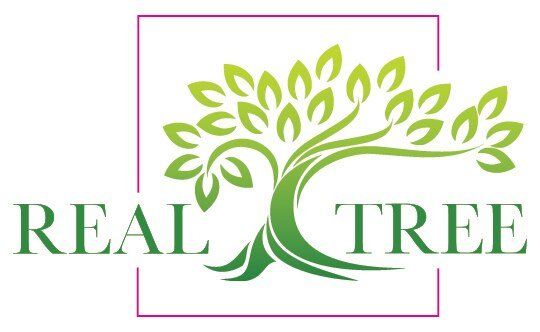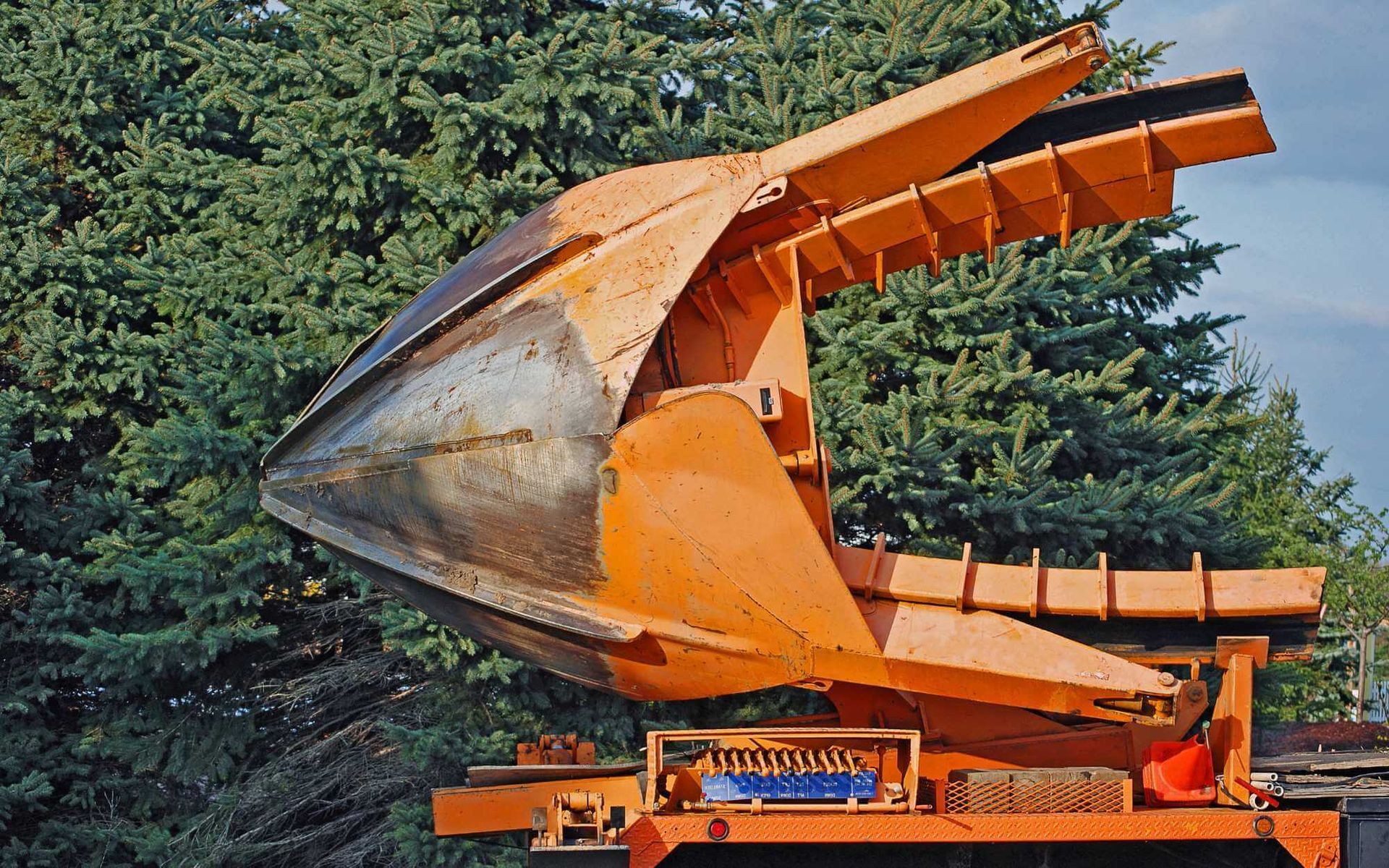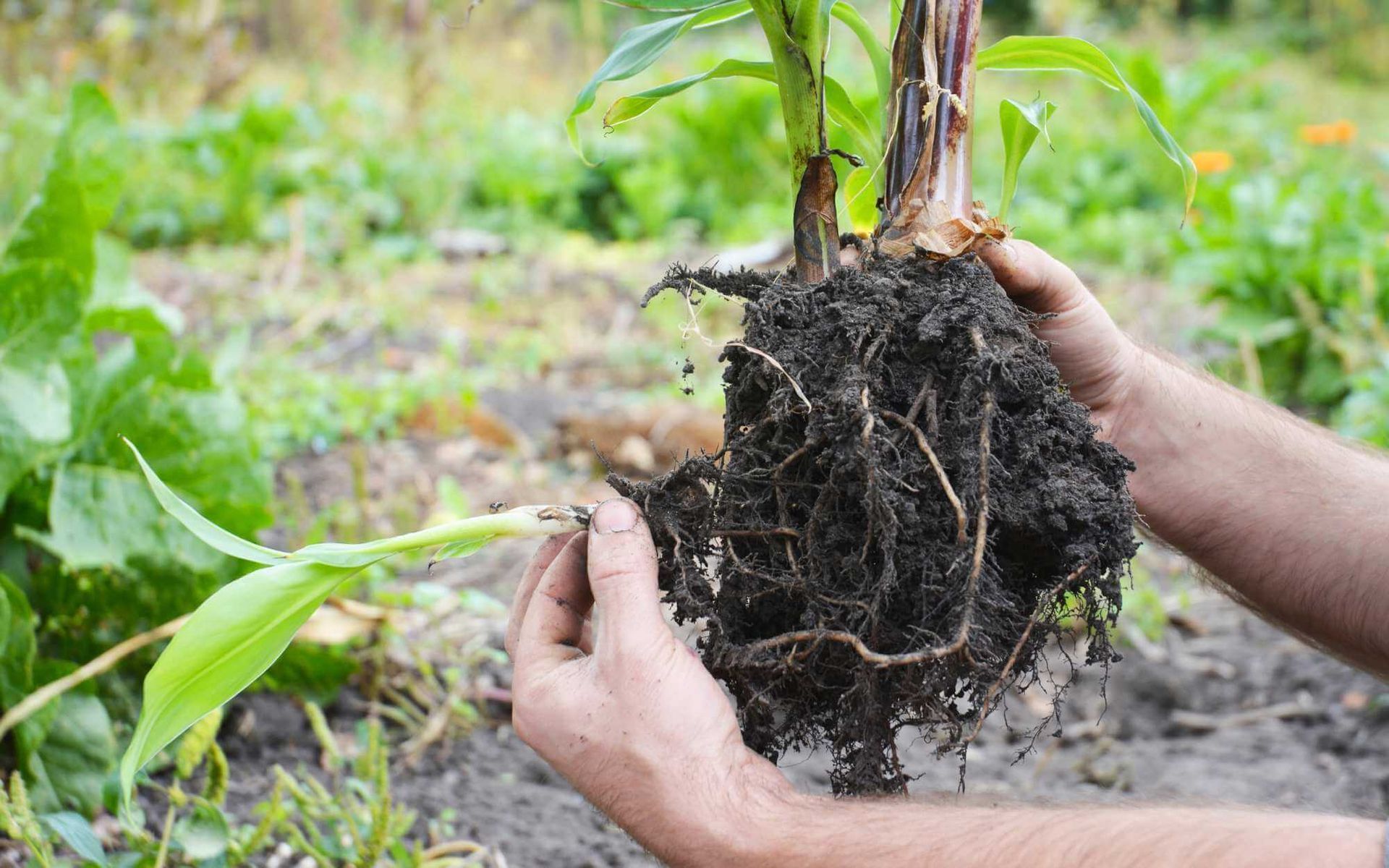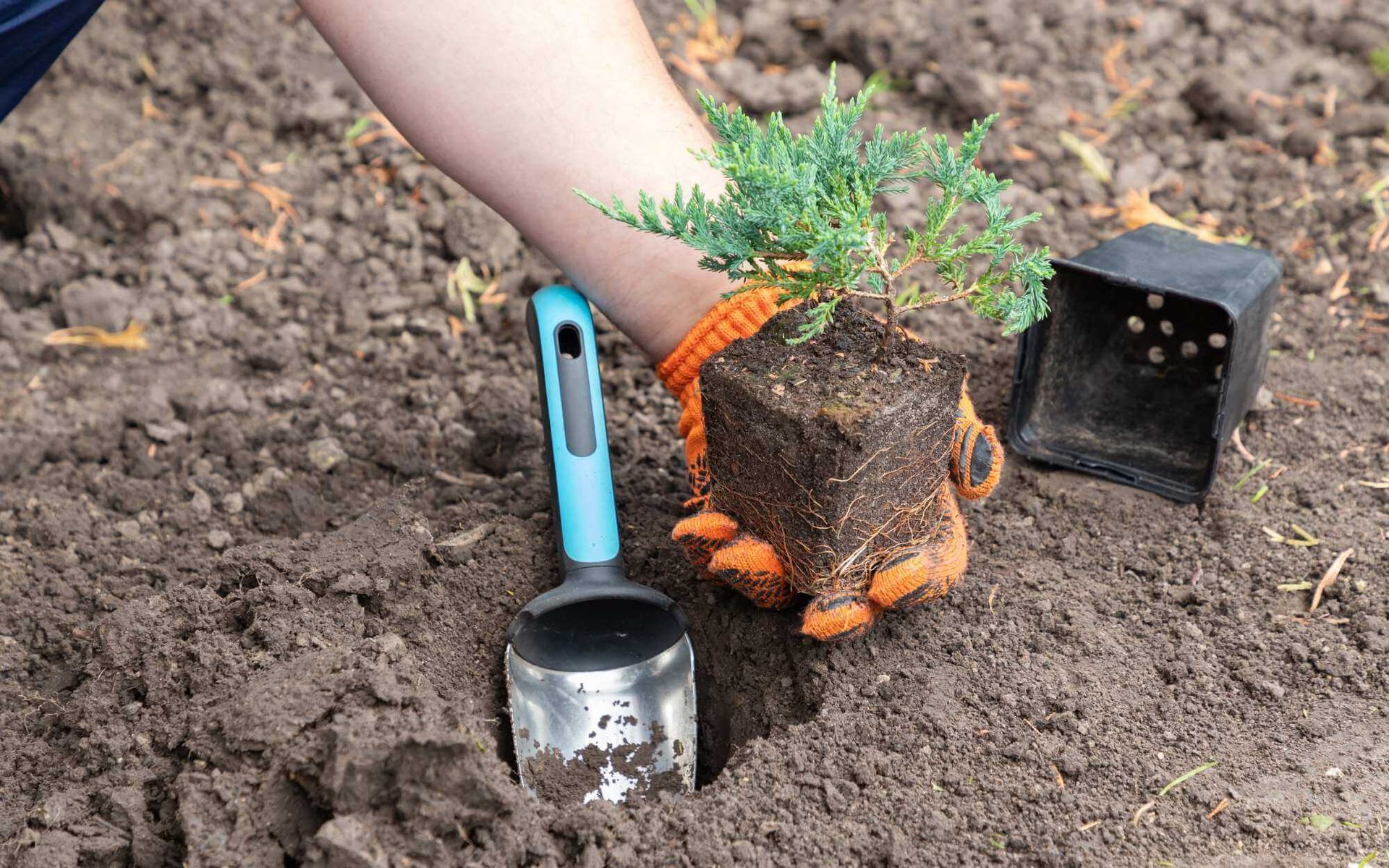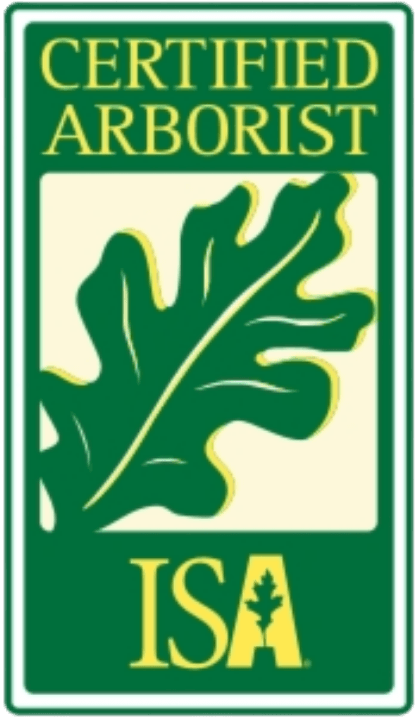Cabling and Bracing as Tree Safety and Stability Solutions
PUBLISHED ON
SHARE THIS ARTICLE
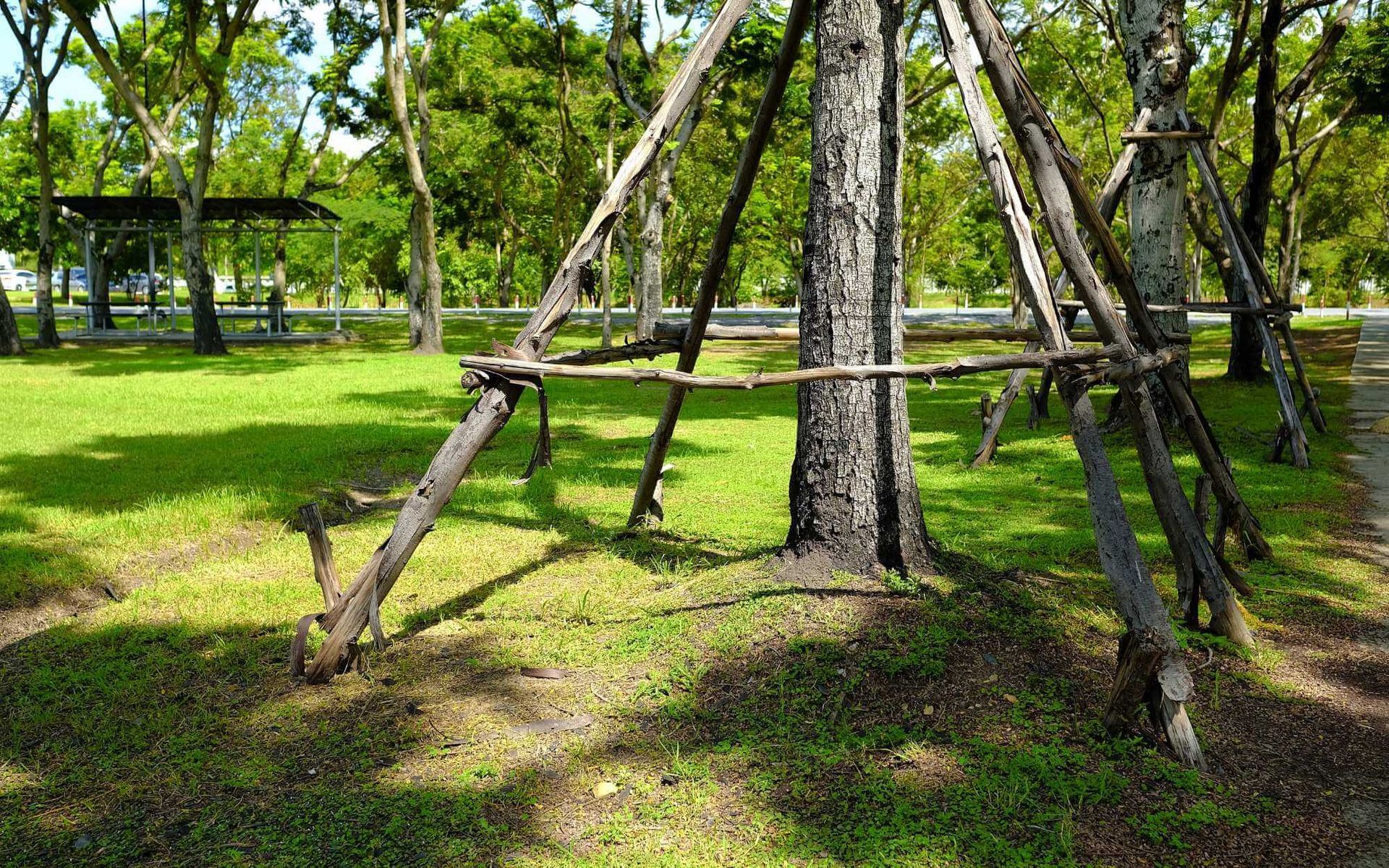
In our urban and suburban landscapes, trees act as silent companions that contribute significantly to our environment, providing shade, improving air quality, and enhancing aesthetic beauty.
However, the safety and stability of our arboreal friends are often overlooked until a disastrous event occurs. Trees, like any other living being, may become weak or structurally compromised due to age, extreme weather, or diseases.
This is where tree care strategies like tree cabling and bracing come into play. These techniques provide physical support to a weak structure, helping to prevent tree failure and ensuring their longevity.
Through this blog, we aim to shed light on the importance of tree safety and stability and the role of cabling and bracing in achieving it.
Understanding Tree Safety
Unstable trees pose significant potential risks.
Diseased or damaged trees can unexpectedly topple over, causing property damage and creating safety hazards. Falling branches may damage rooftops, power lines, parked vehicles, and garden landscaping, resulting in substantial repair costs.
More alarmingly, unstable trees near pedestrian pathways or children’s play areas could lead to serious, if not fatal, injuries. In extreme weather conditions like storms or high winds, the risk escalates dramatically.
Hence, ensuring tree stability isn't merely a matter of preserving natural aesthetics, it's a crucial aspect of public safety and property protection.
Cabling Solutions
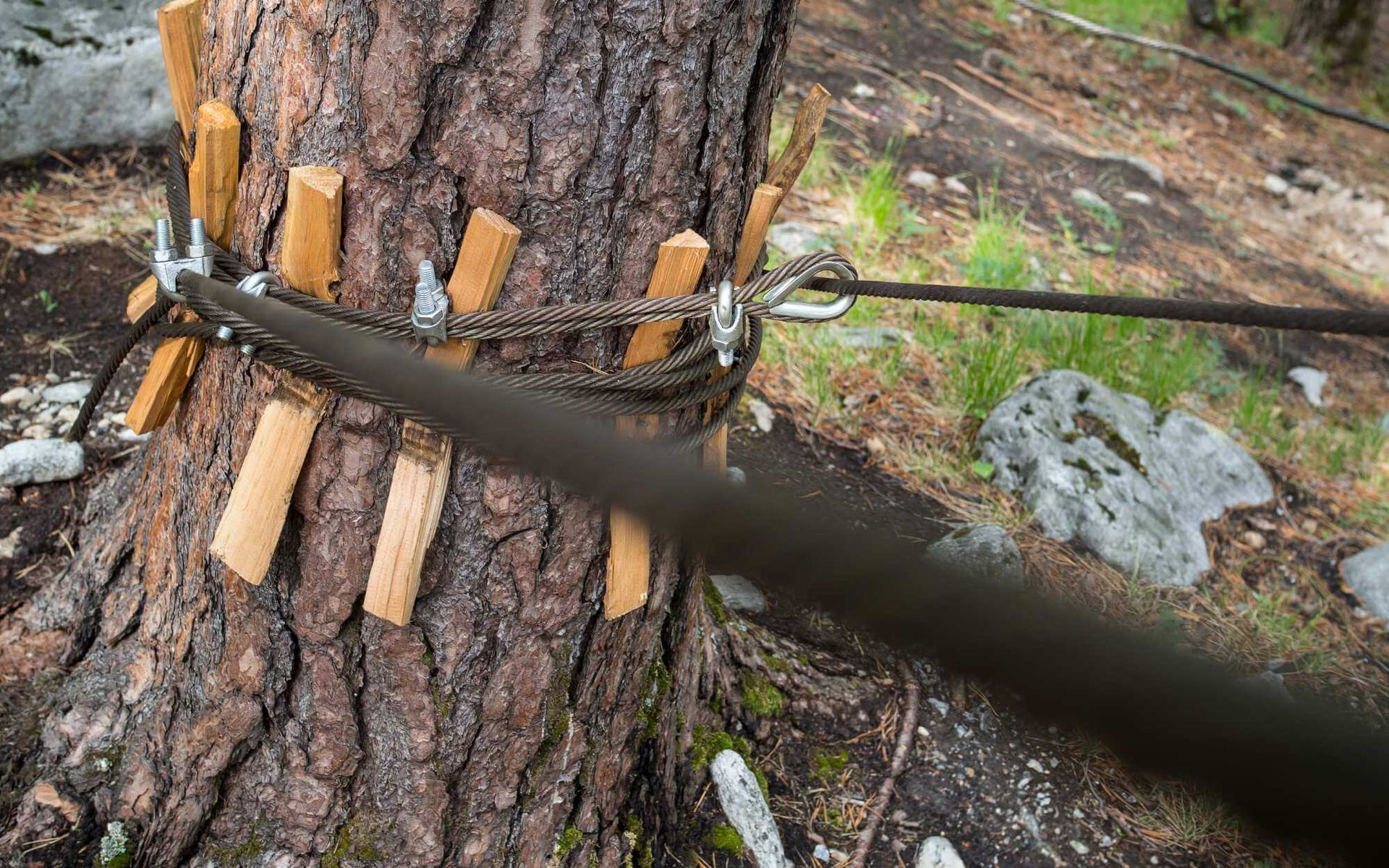
Cabling, in the context of tree care, refers to the installation of flexible steel strand cables in trees to reduce stress damage from high winds, the weight of ice or snow, and heavy foliage.
The purpose of cabling is to enhance the structural integrity and prolong the life of the tree. Commonly used tree cabling systems include the braced cable system and the direct cable system.
Cabling provides numerous benefits: it mitigates the risk of branch breakage, helps in the preservation of older or historically significant trees, and prevents potential property damage or human injury. Overall, cabling is a preventative solution to maintain the stability and safety of trees.
Bracing Solutions
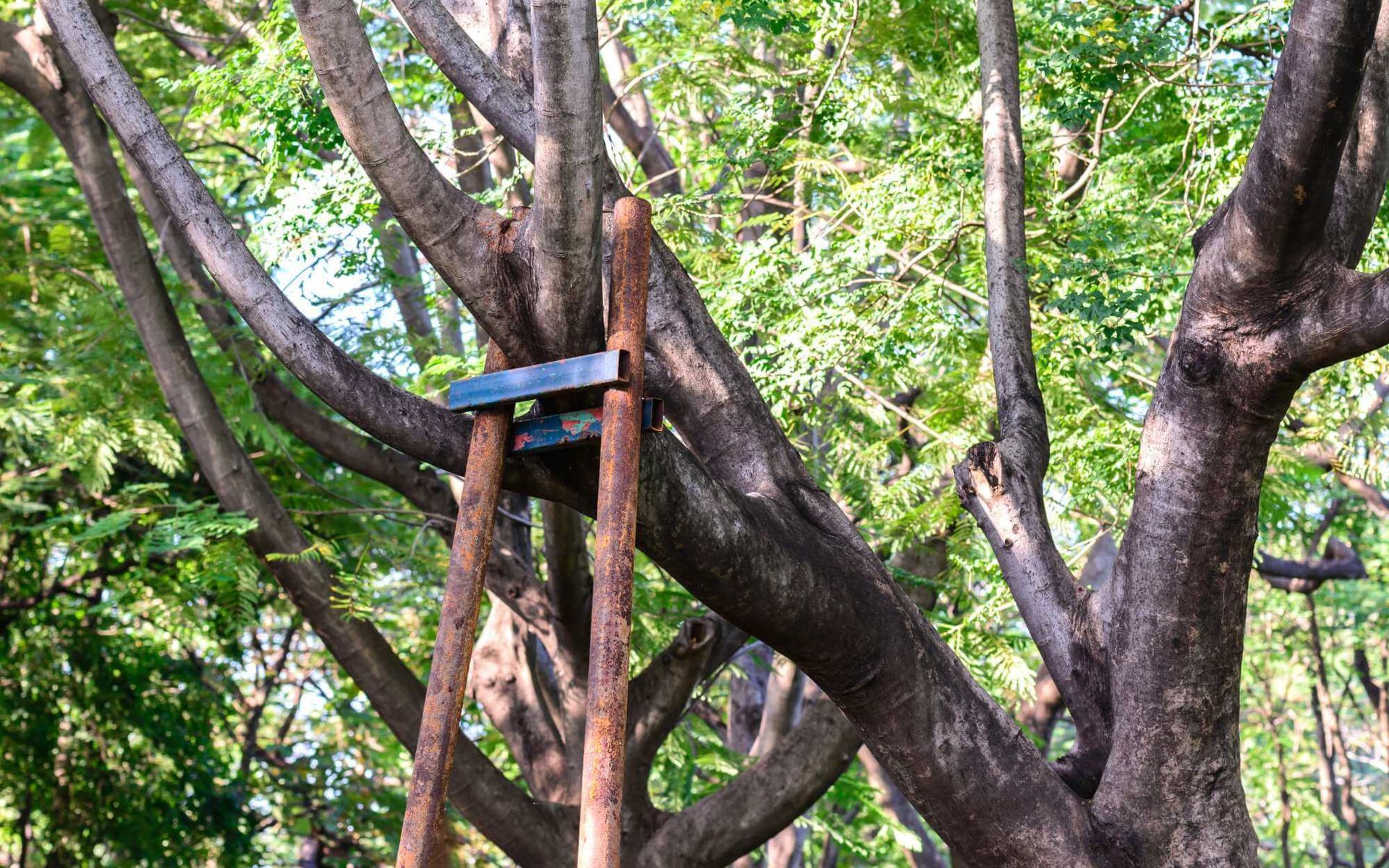
Bracing, a vital method in arboriculture, involves the installation of bracing rods in trees to provide mechanical support to weak branches. The goal is to prevent structural failure in both newly planted trees and mature trees.
There are different types of braces, such as steel rod braces and threaded rod braces, chosen based on the specific needs of the tree. Bracing effectively bolsters trees against the destructive forces of nature, particularly in storm-prone areas.
Advantages include the preservation of older or significant trees, reduction of risk from falling branches, and enhancement of tree stability. Hence, bracing is an essential tool for maintaining tree safety and protecting surrounding property.
Choosing the Right Solution
When deciding which tree support system to use for tree support, several factors should be considered:
- Tree Species: Certain species may have unique structural characteristics. Knowledge of these can guide the choice between cabling and bracing.
- Tree's Health and Age: Younger, healthier trees are more resilient and might require less invasive support like cabling. Older or diseased trees may need the robust support that bracing provides.
- Tree Structure: The tree's physical structure, including the arrangement of tree limbs and branches and the condition of the tree trunk, should influence the decision.
- Location and Environmental Conditions: Depending on its location (e.g., near buildings or power lines) and the environmental conditions it faces (e.g., severe weather), one method may be preferable.
- Historical or Aesthetic Value: If the tree has significant historical or aesthetic value, the least invasive method of preserving its natural look is desirable.
Given the complexity and importance of these considerations, it's advisable to consult with a professional arborist. These experts can assess the unique circumstances of your tree and guide you toward the most appropriate solution.
Take advantage of tree support systems for safety and stability!
Ensuring tree safety and stability is critical not just for preserving natural aesthetics, but also for public safety and property protection.
Don't wait for a disaster to strike. Be proactive in caring for your trees. Cabling and bracing solutions can offer the necessary support and longevity for your trees, mitigating risks and potential damages.
Consult a professional arborist to guide you on the most appropriate solution for your tree. Let's safeguard our green companions together!
Want a free quote or some friendly advice? Call our team today:

